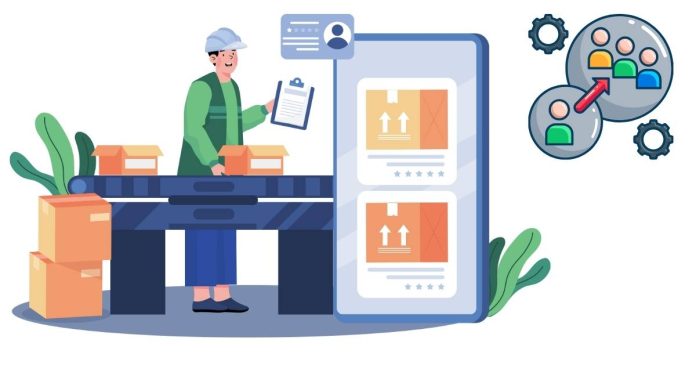In Artificial Intelligence (AI), forward chaining and backward chaining are two fundamental reasoning techniques used in rule-based systems. These techniques help systems draw logical conclusions based on available knowledge and predefined rules. They are widely used in expert systems, knowledge-based systems, and inference engines to solve problems, make decisions, or derive conclusions.
Forward Chaining in AI
Forward chaining is a data-driven reasoning approach. It starts with the available data (facts) and applies inference rules to derive new facts until it reaches a goal or conclusion.
How Forward Chaining Works:
- Start with Known Facts: Begin with a set of facts stored in a knowledge base.
- Apply Rules: Use inference rules (if-then rules) to check which rules’ conditions are satisfied by the known facts.
- Generate New Facts: If a rule is satisfied, the corresponding action or conclusion (then part) is added as a new fact.
- Repeat: The process continues until the desired goal is reached, or no more rules can be applied.
Example of Forward Chaining:
Consider an expert system for medical diagnosis:
- Facts:
- Symptom: Fever
- Symptom: Cough
- Rules:
- If a person has a fever and cough, then they might have the flu.
Process:
- Start with the facts: fever and cough.
- Apply the rule: “If fever and cough, then flu.”
- Conclude: The person might have the flu.
Key Features of Forward Chaining:
- Data-Driven: It begins with facts and works towards a conclusion.
- Breadth-First: It explores all possible rules that can be applied at each step.
- Commonly used in monitoring systems and real-time applications.
Backward Chaining in AI
Backward chaining is a goal-driven reasoning approach. It starts with a specific goal (or hypothesis) and works backward to determine which facts and rules must be true to support that goal.
How Backward Chaining Works:
- Start with a Goal: Begin with a desired conclusion or hypothesis.
- Find Supporting Rules: Identify rules that can lead to the goal.
- Check Conditions: Evaluate whether the conditions (if part) of the identified rules are true based on known facts.
- Repeat: If the conditions are not true, backward chaining continues to find additional rules or facts to satisfy them.
Example of Backward Chaining:
Continuing with the medical diagnosis system:
- Goal: Determine if the person has the flu.
- Rules:
- If a person has a fever and cough, then they might have the flu.
- Facts: Fever and cough.
Process:
- Start with the goal: Does the person have the flu?
- Find a rule that supports the goal: “If fever and cough, then flu.”
- Check if the conditions (fever and cough) are true. Since they are, the goal is satisfied.
Key Features of Backward Chaining:
- Goal-Driven: It begins with a hypothesis and works backward to find supporting evidence.
- Depth-First: It focuses on one goal at a time and explores deeper until it finds supporting facts.
- Commonly used in diagnostic systems and problem-solving applications.
Comparison Between Forward Chaining and Backward Chaining
| Aspect | Forward Chaining | Backward Chaining |
|---|---|---|
| Reasoning Approach | Data-driven | Goal-driven |
| Starting Point | Starts with known facts | Starts with a hypothesis or goal |
| Use Cases | Monitoring and prediction | Diagnosis and decision-making |
| Process | Explores all possible rules to infer conclusions | Focuses on proving the hypothesis |
| Performance | May generate unnecessary conclusions if the goal is not defined | Efficient when goals are clear |
Applications of Forward and Backward Chaining
- Forward Chaining Applications:
- Real-time Systems: Systems that monitor ongoing processes (e.g., fraud detection, network monitoring).
- Predictive Analytics: Systems that generate predictions based on current data.
- Backward Chaining Applications:
- Expert Systems: Diagnostic tools in medicine (e.g., MYCIN, used for bacterial infections).
- Rule-Based Problem Solvers: AI assistants that solve specific problems (e.g., troubleshooting systems).
Both forward chaining and backward chaining are powerful reasoning techniques used in AI to derive conclusions from facts and rules. While forward chaining starts with data and moves toward conclusions, backward chaining begins with a goal and works backward to find supporting facts. Choosing between the two depends on the nature of the problem, the available data, and the desired outcome. Understanding these methods is essential for building efficient and intelligent systems in AI.


